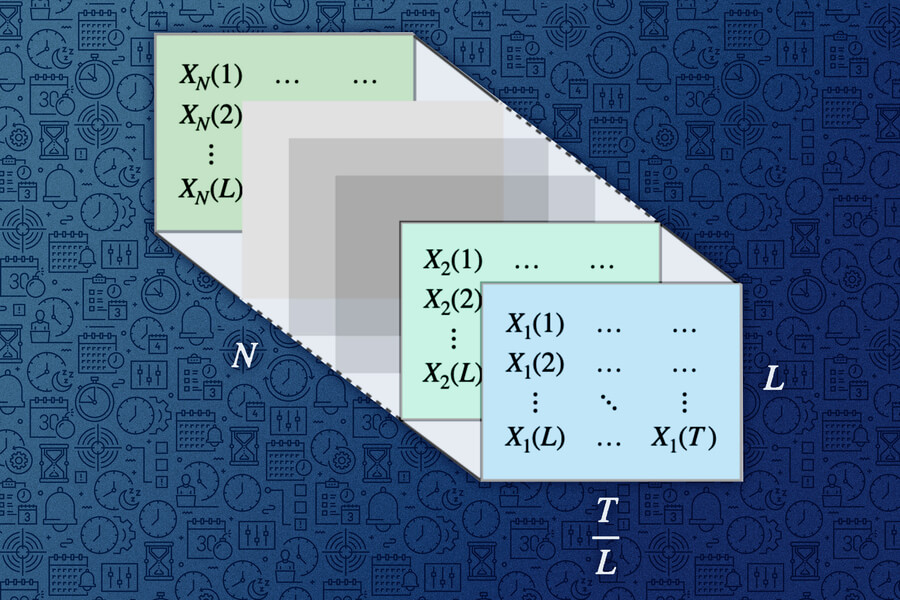Stretching for nearly a kilometer, the wall is “the oldest human-made megastructure in Europe,” according to a paper published in the Proceedings of the National Academy of Sciences.
Details of the study
As part of the Kiel University project, a research team used sonar technology to discover a wall they called Blinkerwall in 2021. They appreciated it age between 10,000 and 11,000 years It is based on dating of sedimentary rocks.
The article says Blinkerwall is currently under 21 meters of water, but was likely built while the Baltic Sea basin was still dry or partially submerged.
What was it built for?
The wall was probably built next to a lake or swamp and was used as a crossing wall to herd deer into a narrow area to facilitate hunting.
When you chase animals, they follow these structures and do not try to jump over them. The idea is to create an artificial bottleneck with a second wall or lakeshore.
– said Jacob Gersen, the first author of the article.
![]()

Scan taken 2020 from RV Elisabeth Mann Borgese. White arrows point to Blinkerwall/PNAS photo
Geologists also found evidence of a second parallel wall, but this wall was buried beneath sediments and cannot be seen.
This discovery sheds new light on the life and culture of Stone Age people who lived in Northern Europe at a time when the climate and landscape were radically different. Scientists say that the total population of Europe at that time was no more than 5,000.
Scientists hope to conduct further research on Blinkerwall and other ancient structures in the Baltic Sea using more advanced methods and tools.
Source: 24 Tv
I’m Maurice Knox, a professional news writer with a focus on science. I work for Div Bracket. My articles cover everything from the latest scientific breakthroughs to advances in technology and medicine. I have a passion for understanding the world around us and helping people stay informed about important developments in science and beyond.














